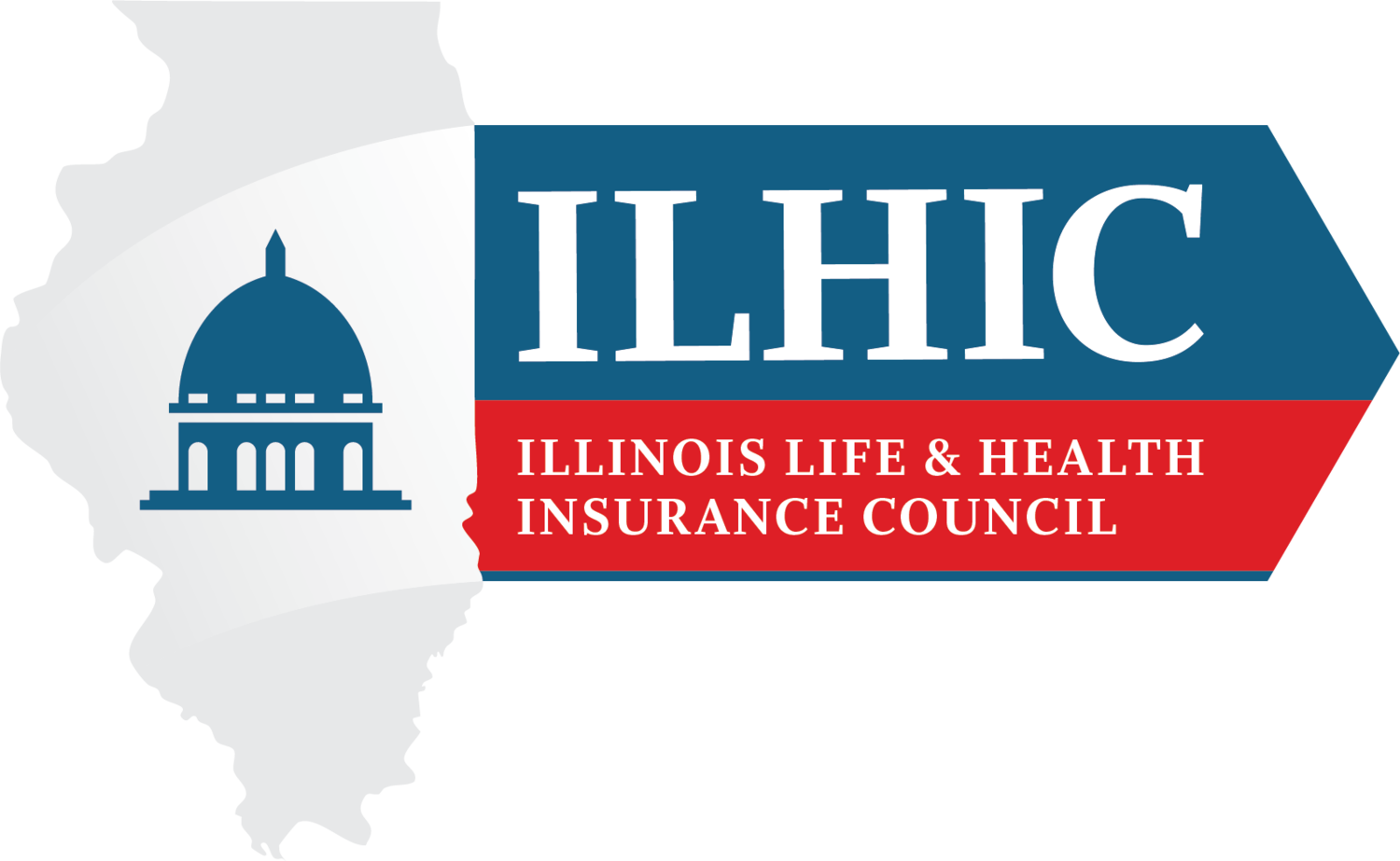The Basic Health Plan— Setting the Stage For A Tale of Two Consumers
We are moving to a phase as a Nation of analyzing and learning from COVID-19. The Country is currently adapting to a new normal after the pandemic, and individuals coming back to work continue to have increased concerns regarding their financial security. Millennials and Generation Xers were especially affected by the pandemic, with 30-40% of these populations experiencing job loss, leaving the younger population concerned about healthcare and retirement savings.[1] Establishing a basic health plan (BHP) would be alluring to younger and healthier individuals, but how will Marketplace consumers be affected if waves of younger individuals leave the Marketplace for a BHP? A BHP would set the stage for a tale of two consumers- a story with an unfortunate ending.
Section 1331 of the Affordable Care Act (ACA) gives states the opportunity to enact a BHP. A BHP would be a healthcare plan option for individuals with incomes between $17, 609/ 138% (Federal Poverty Level) FPL and $25, 520/ 200% FPL in addition to documented immigrants making below $17, 609/ 138% FPL who are not eligible for Medicaid. If an individual meets the qualifications of a BHP, the individual must enroll in the BHP without option or choice.[2]
This policy option will affect consumer groups in extremely different ways. For example, Consumer A is a healthy, 27 year old who recently graduated college, and is looking for her first home. Consumer A works full time at a restaurant as a server making $13.50 an hour. Consumer A would meet the FPL qualifications to be automatically filtered to the BHP for enrollment. When Consumer A enrolls in the BHP, Consumer A is unable to be included in the Marketplace risk pool.
Consumer B is 45, has diabetes, high blood pressure, and makes $40,000 annually. Consumer B has Marketplace coverage. Even with Advanced Premium Tax Credits (APTC), Consumer B occasionally has a difficult time paying for his prescriptions and appointments to manage his conditions. If a majority of individuals with similar situations to Consumer A leave the Marketplace risk pool, healthcare costs will increase for vulnerable individuals in similar situations to Consumer B. The history and policy creation of the ACA highlight the importance of a healthy risk pool with the introduction of the individual mandate.
The individual mandate was enacted in 2014 and required most citizens and residents to obtain health coverage or pay a fine. In 2019, the fine was reduced to $0, removing all teeth from the mandate.[3] The mandate was intended to keep ACA coverage options costs low by requiring healthy individuals to enter the ACA risk pool.[4] With the elimination of the individual mandate fine, there were a large number of people that became uninsured. The largest groups of uninsured populations included 26-34-year-olds and 35-44-year-olds with lower incomes and less than a high school education.[5] These populations were more likely to live in poverty, thus likely to fall into the category of individuals filtered to a BHP, removing potential healthy and younger individuals from the ACA risk pool.[6]
The ACA risk pool is not static and is certainly vulnerable to disruption with sweeping policies that take away enrollment from the Marketplace. The recently published Illinois Feasibility Study noted that with a BHP, Marketplace enrollment would decrease by 35%, and premiums would increase by 4%-6%.[7] The ACA included in its construction the critical need for healthy individuals being included in a risk pool. A BHP does not solve the inherent problem of consumer insurance literacy or accessible care. In fact, the BHP creates a tale of two consumers, further splintering the goal of affordable coverage for all.
[1] Finances of Gen Xers, Millennials Hit Hardest by Pandemic: Study, Michael S. Fischer, Think Advisor, Finances of Gen Xers, Millennials Hit Hardest by Pandemic: Study | ThinkAdvisor (July 6, 2021).
[2] Feasibility Report for Coverage Availability Initiatives in Illinois, Microsoft Word - 04.01.21-Main Feasibility Study Report - LP(SC).docx (illinois.gov) (April 2021).
[3] How Does the ACA Individual Mandate Affect Enrollment and Premiums in the Individual Insurance Market, Christine Eibner and Evan Saltzman, Rand Corporation, How Does the ACA Individual Mandate Affect Enrollment and Premiums in the Individual Insurance Market? | RAND (2015).
[4]Trump Is Trying Hard to Thwart Obamacare. How’s That Going?, Selena Simmons-Duffin, NPR, Trump's Five Big Changes To Obamacare : Shots - Health News : NPR (October 14, 2019).
[5] Most Uninsured Were Working-Age Adults, Edward Berchick, United States Census Bureau, Who Are the Uninsured? (census.gov) (September 12, 2018).
[6] Id.
[7] Feasibility Report for Coverage Availability Initiatives in Illinois, Microsoft Word - 04.01.21-Main Feasibility Study Report - LP(SC).docx (illinois.gov) (April 2021).
